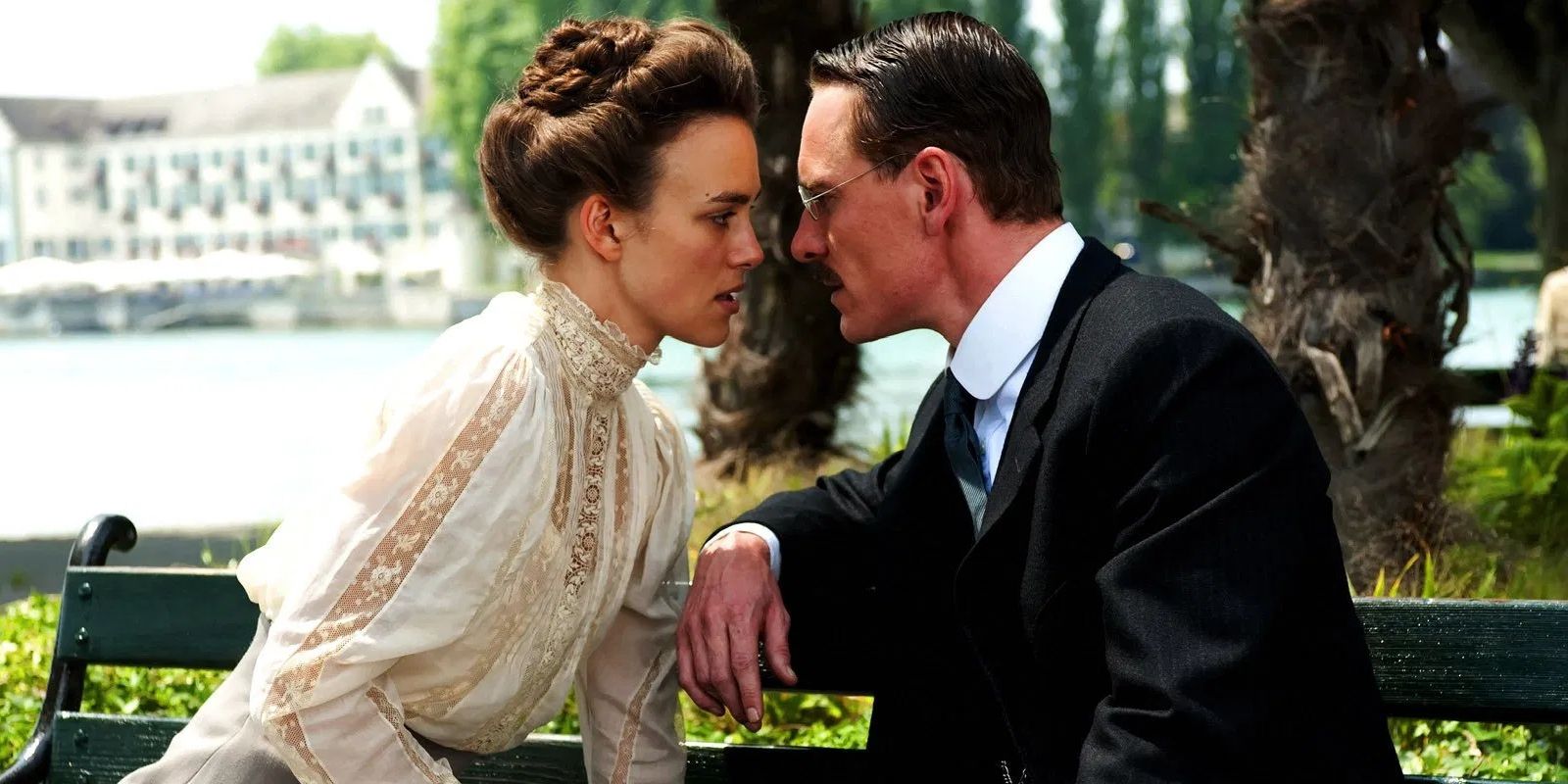14 Years Ago, Keira Knightley, Michael Fassbender, and David Cronenberg United for This Mind-Bending Historical Psychological Drama

David Cronenberg has become so synonymous with the birth of body horror that the term “Cronenbergian” is often used to describe films filled with grotesque, visceral imagery. Yet, despite his reputation for exploring the intersection between flesh and identity, Cronenberg has never been one to repeat himself. In the 21st century, he ventured into unexpected territory—shifting from sci-fi paranoia in Videodrome and Scanners, to gritty crime dramas like A History of Violence and Eastern Promises. But perhaps his most daring move came with A Dangerous Method, a historical drama that delves into the origins of psychoanalysis.
At the heart of Cronenberg’s filmography lies a fascination with human nature—particularly how physical form and psychological identity intertwine. While earlier works like The Fly or The Dead Zone explored these themes metaphorically through transformation and precognition, A Dangerous Method offers a more grounded, yet equally provocative lens. It examines a pivotal era in intellectual history when radical ideas about the mind were beginning to reshape society’s understanding of mental health.
The Story Behind the Science
Set in the early 1900s, A Dangerous Method chronicles the professional and personal entanglements of Swiss psychiatrist Carl Jung (played by Michael Fassbender) and Sigmund Freud (Viggo Mortensen). The narrative centers on Jung’s groundbreaking work with Sabina Spielrein (Keira Knightley), a young woman admitted to his clinic suffering from hysteria—a condition often misunderstood and mistreated during that time. Under Jung’s care, Sabina begins to recover and eventually becomes both his assistant and research partner.
What unfolds is not just a story of scientific discovery, but also one of emotional complexity and moral ambiguity. As Jung and Freud develop their theories of psychoanalysis, their relationship evolves from mentorship to rivalry. Their ideological differences intensify when Freud learns of the romantic and sexual relationship developing between Jung and Sabina—an affair that threatens to undermine their credibility and blur the lines between objectivity and subjectivity in clinical practice.
A Humanized View of Psychology's Founders
Cronenberg does not merely present a biopic; he crafts a deeply personal exploration of the minds behind modern psychology. Jung, though portrayed as brilliant and innovative, is also shown to be flawed and emotionally vulnerable. His connection with Sabina serves as both a catalyst for his insights and a source of ethical conflict. Meanwhile, Freud emerges not as an antagonist, but as a figure whose insistence on scientific rigor and detachment plays a crucial role in shaping the field.
The film avoids taking sides, instead emphasizing how their disagreements ultimately propelled psychoanalysis forward. This balanced portrayal highlights the class and cultural divides between the two men—one a Jewish intellectual from Vienna, the other a privileged Swiss academic. These contrasts underscore broader tensions within academia and science, particularly regarding who gets to define truth and legitimacy in emerging disciplines.
Bringing Dry Subject Matter to Life
On paper, a film centered around therapy sessions, academic debates, and publishing disputes might seem dry. But Cronenberg turns this material into gripping cinema. He invites viewers to step into the shoes of the characters, observing how they interpret their patients’ traumas and formulate new therapeutic approaches. The film captures the excitement of intellectual breakthroughs, making the process of discovery feel cinematic and emotionally resonant.
Mortensen delivers another transformative performance, embodying Freud with gravitas and nuance. Fassbender skillfully portrays Jung’s internal conflicts, showing how his personal life influences his professional growth. Knightley brings depth to Sabina Spielrein, giving voice to a woman whose contributions to psychology were historically overlooked.
Despite its focus on dialogue and theory, A Dangerous Method doesn’t shy away from raw emotion and sexuality. The intimate scenes are handled with sensitivity, serving the plot rather than sensationalizing it. The result is a film that is not only informative for those interested in psychology’s origins, but also a compelling historical drama that showcases three actors at the peak of their craft.
In essence, A Dangerous Method is a testament to Cronenberg’s versatility as a filmmaker. It proves that even without body horror or genre thrills, he can create a world that is just as unsettling, thought-provoking, and emotionally charged.
Post a Comment for "14 Years Ago, Keira Knightley, Michael Fassbender, and David Cronenberg United for This Mind-Bending Historical Psychological Drama"
Post a Comment